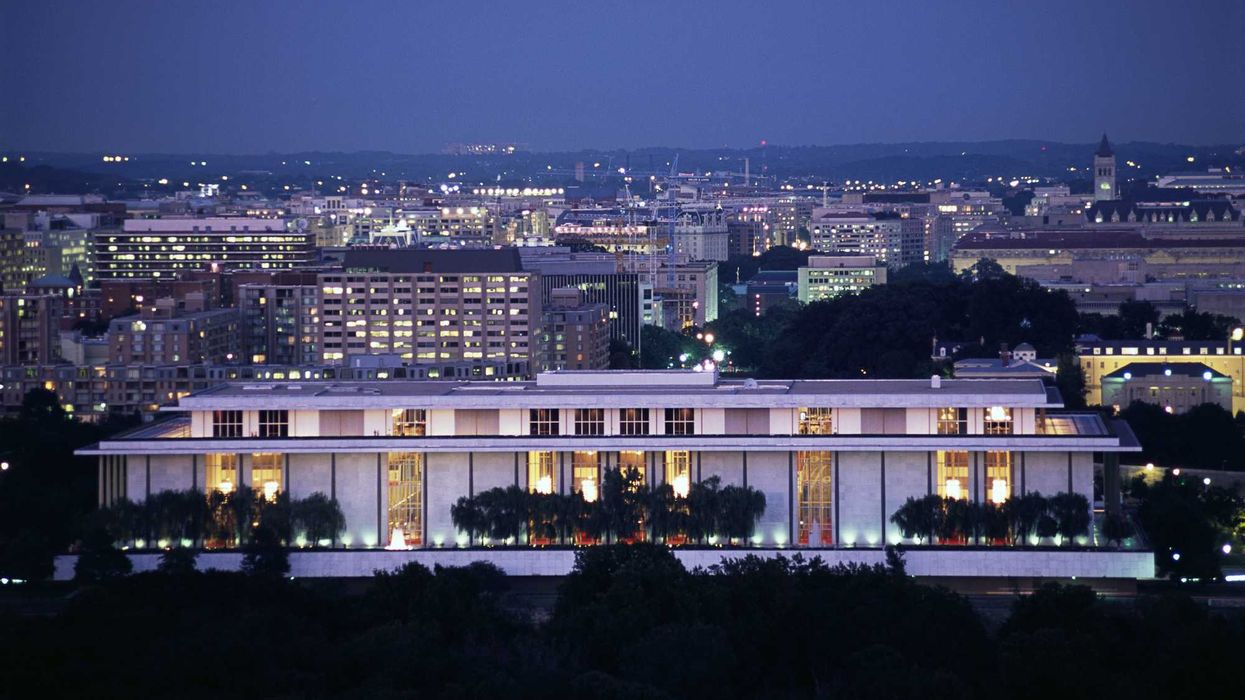Nevins is co-publisher of The Fulcrum and co-founder and board chairman of the Bridge Alliance Education Fund.
Most Americans do not pay attention to the intricacies of economic cycles until change impacts them directly. That is exactly what is happening today, causing angst among voters and a feeding frenzy of “who to blame?”
Just go to fill up your car with gas and you feel the impact. In two weeks in March, prices shot up an average of 22 percent, and today the average price of gas per gallon is $4.67 with some states exceeding $5 a gallon. Americans are not only feeling it at the gas pump; they see inflation for groceries, utilities and travel as overall inflation is near a 40-year high.
There are many causes for the current situation but undoubtedly the Russian invasion of Ukraine is impacting the world economy in profound ways. The International Monetary Fund has slashed its expectations for global economic growth for the next two years as a direct result of the invasion. The effects are spreading through the economy on multiple fronts as supply chain problems are becoming more and more obvious in our everyday lives – witness the recent baby formula shortage.
One can’t help but wonder where this all ends. We have economic cycles (growth and contraction) all the time, but is there something different occurring that will fundamentally change how the world economy functions? Governments and multinational corporations are re-assessing the risk-reward dynamic of global economic interdependence.
Most would agree that Russia and China are the two biggest threats to the West in geopolitical terms, yet they are also two of the world’s major commodities producers. This results in substantial risks. The disruption in oil and natural gas prices is directly related to policies Western nations have taken in response to Russia’s invasion of Ukraine. The inflation we are feeling extends to food prices as Russia and Ukraine combined account for 20 percent of the world’s wheat production.
How we react as individual citizens and as a nation to the humanitarian crisis will impact our daily lives even though we are far removed from the horrors suffered by Ukrainian citizens. Will we allow ourselves to be economically blackmailed by totalitarian regimes at the expense of our principles? Will we tolerate higher prices at the pump and in the grocery store because we are standing up for the principles of democracy? Or would we succumb to authoritarianism that promises to cost less to us, personally?
As we live through the impact of our response to Russia’s invasion of Ukraine we should be mindful about the ramifications if China were to take military action in Taiwan and the United States were to take similar economic actions against China – or military action, as President Biden has suggested and later retracted.
The globalization of the world economy has been expanding at an ever-increasing rate for the last four decades. The advancement of technology has broken down barriers allowing for a free exchange of goods and services. Yet this inter-connectivity comes with dependency upon nations that do not share our principles of freedom and human rights; they are not our friends. This dependency is what must be analyzed.
The benefits have been many, including lower prices for goods and commodities, but our love of a bargain has blinded us to the risks, or even deluded us into thinking that the economic interconnectivity will naturally result in greater cooperation on issues not related to economics, like expanded citizen rights.
The challenges of the last three years starting with Covid, and the war in Ukraine has called into question the efficacy of the continued globalization of the world economy. As supply chain problems continue and geopolitical events spin beyond our control, more and more Americans are concerned about the vulnerability our national economy faces. Yet the question remains: What price we are willing to pay to protect and defend democracy around the world.
It is our willingness to protect the democratic values we cherish that comes into play alongside our willingness to protect the planet. Statistics show that an increasing number of Americans fear the impact of global warming; at the same time we are impacted by $5-a-gallon gas. These points of tension may result in adjusting priorities as to the pace at which our nation weans itself from fossil fuel.
There is no doubt that the events of the last three years are resulting in a rethinking about the dangers of the long-term trend of ever-increasing globalization and integration of world economies. While it is too early to say where this will all end, a strong case can be made that the result will be a fundamental rewiring of the global economy by multinational corporations and by governments. It is critical that those empowered to make these important economic decisions have a moral and ethical framework based on economic justice and opportunity to ensure that changes benefit society as a whole and not just those in power. As citizens we should make sure our voices are heard.
Already the redeployment of assets by American companies has occurred as corporations like McDonalds, Starbucks, Netflix, Disney, Shell and Exxon have suspended operations in or completely cut ties with Russian markets. As the war continues, the list grows. Businesses and the markets respond poorly to uncertainty. The extent of the changes – the rewiring of the global economy – cannot yet be ascertained, there is no doubt that both businesses and government are questioning the old rules.
Weighing the risk of globalization versus benefits of a more nationalistic approach in terms of the ability to control one’s own destiny and our ability to adhere to democratic principles that we hold dear must be reevaluated so we can make critical decisions with rational thinking and less reactivity.
The complexity of the shift extends beyond the boardroom to politics as anti-establishment populism sweeps the world. Questions of national sovereignty, control of our own destiny and immigration all play into a reevaluation of the balance between nationalism and globalization. This will unfortunately play to racist and xenophobic tendencies, exacerbated by conflict profiteers and result in increased fear and hatred.
A reevaluation of globalization must assess the economic risk and rewards and also must question the role globalization plays in perpetuating inequalities if our nation does not adapt socially and economically to the rapid changes resulting from world interconnectivity.
Or perhaps, my desire for reevaluation is overstated and this is simply a normal economic cycle during extraordinary times. When we look back on this moment in history, we’ll be better informed to know if we made the right decisions at the right time. Or we’ll look wistfully on the challenges we face today, wishing we’d made better choices.
Only time will answer this.




















